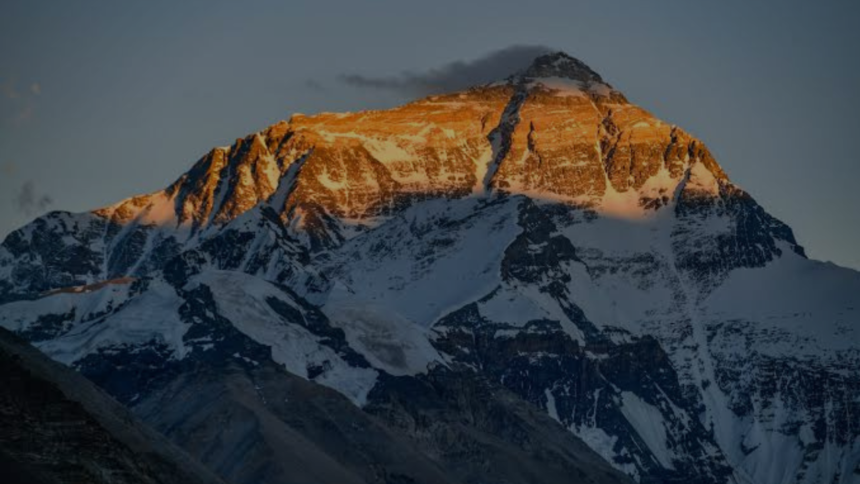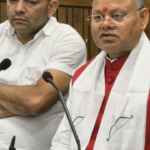In a significant move, Nepal has announced that it will increase the permit fees for those seeking to summit Mount Everest. The decision, aimed at managing the growing number of climbers and boosting revenue, has drawn attention from mountaineers and tourism officials worldwide.
Effective later this year, the new permit fees will be substantially higher than previous rates, making Everest climbing more expensive for both international and local adventurers. The increase is expected to help Nepal enhance infrastructure, improve safety measures, and maintain the sustainability of its mountaineering industry.
The permit fee hike follows concerns about overcrowding on the mountain, especially during the peak climbing season, as well as the environmental impact of tourism on Everest’s fragile ecosystem. The Nepalese government has emphasized the importance of preserving the natural beauty of the region while ensuring that the Everest climbing experience remains safe and rewarding for those who do decide to take on the challenge.
In recent years, Nepal has witnessed a boom in tourism, particularly in the adventure and mountaineering sectors, as more people from around the world look to conquer the world’s highest peak. However, this surge in climbers has raised concerns about the environmental and logistical challenges that come with it. The new fees will not only generate additional revenue but also allow for more stringent controls on the number of permits issued each year.
The government has stated that a portion of the funds raised from the increased fees will be allocated to improving rescue operations, enhancing environmental protection initiatives, and providing better services for both climbers and Sherpas, who play a vital role in supporting expeditions.
Climbers and tour operators are already evaluating how these higher fees will affect their plans for future expeditions. While some express concern about the financial burden, others acknowledge that the higher fees could be a necessary step to ensure that Mount Everest remains a sustainable destination for adventurers while promoting safety and preserving the environment.
The move has sparked a mixed reaction within the mountaineering community, but the overarching goal remains clear: to safeguard the future of Everest expeditions for generations to come.
As the new regulations take shape, the world will be watching to see how Nepal balances its desire to promote tourism with the responsibility of managing one of the most iconic and fragile natural wonders on Earth.








